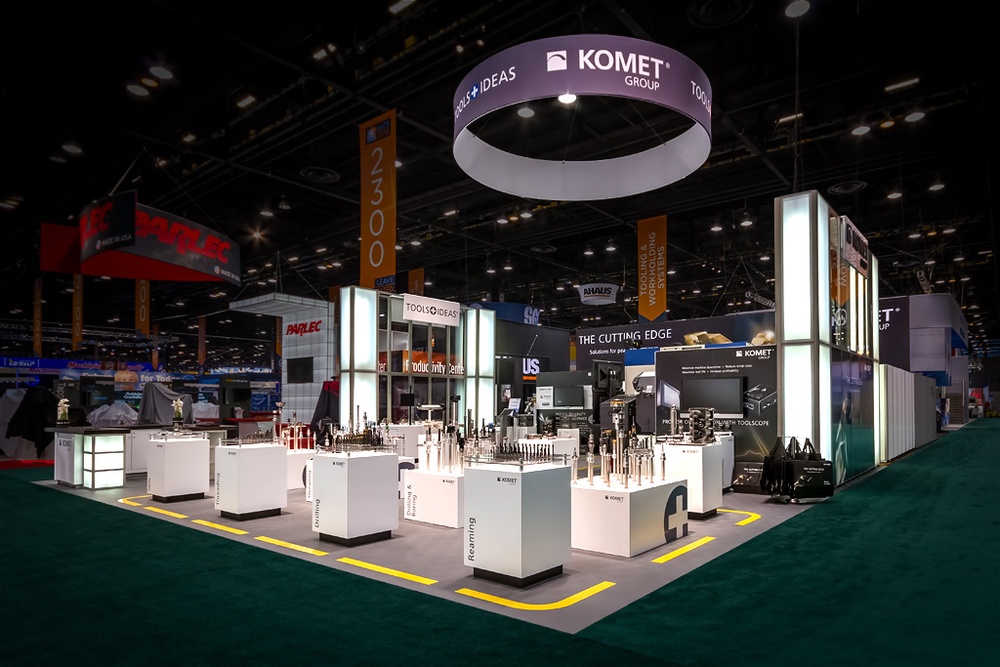When you are relatively new to a pre-existing events team or program, it can be overwhelming to get a handle on all the different number of trade shows, show acronyms, venues, assets, internal and external partners, products, brands and sales professionals. Taking a “program approach” and organizing your shows and assets into tiers can help you stay focused, concentrate on your objectives, control spending and will probably help your peace of mind.
Step 1: Audit Your Show Calendar
Start by taking a 30,000-foot view of all trade shows that your company has attended over the past 3-4 years. It is important to look back over several years because some shows are only held every two or three years. Also, you may have attended a specific show in the past due to a product launch or acquisition but it is no longer on your current calendar, but if conditions change, it might be once again. These are just two common reasons for changes in the show calendar but there are MANY other reasons a company could modify their attendance at a show.
Step 2: Organize Shows into Tiers
With the comprehensive list of prior shows in hand, you can now start to organize them into similar categories or “tiers” usually aligned around size, scope and spend. Tier 1 shows – also sometimes called “strategic” or “major” shows – tend to be handled by or have Corporate Marketing involvement. These are typically larger island booths with multiple brands or products represented and an integrated marketing campaign driving activation. Install and dismantle for a Tier 1 show likely takes several days and significant man-hours with possible overtime. Tier 2 shows – sometimes referred to as “regional” shows, as the name suggests, can still be larger booth spaces but the attendee audience tends to be contained to a region or state. These shows are typically set-up by an install and dismantle team in a matter of hours. And finally, Tier 3 shows – commonly referred to as “local” or “sales” shows – are typically table top or inline booths that can be set up by a sales or marketing professional with very minimal effort.
Step 3: Identify Your Objectives
Identifying your objectives for each show may also help to organize your shows into the tiers or categories. You will also see commonality to the objectives that you have for each tier. Tier 1 shows tend to be about brand awareness and major corporate initiatives, product launches, etc. Tier 3 shows tend to be territory events managed by Sales for specific lead generation activities.
Step 4: Align Resources
There is a business maxim that touts the benefits of aligning resources and efforts to the anticipated payout and reward. You don’t want to over-invest or put all your resources against an initiative that is not likely to generate a commensurate return. And here is where technology, CRM, and automation can have a huge impact because there tends to be more volume in the Tier 3 category but lower return on each individual event.
Step 5: Evaluate New Opportunities
As new opportunities arise, you now have a framework to evaluate the new event to see if and where it might fit into your overall program. Of course, it is also good practice to regularly evaluate the events that you have historically attended to make sure they are generating the results that you want and you are applying the appropriate resources to the opportunity. In some cases, you may decide to move an event to a lower or higher tier of investment and in other cases, you may decide to eliminate the event from your calendar altogether.
This program approach to managing your trade show calendar can also be applied to how you align your event team and can easily transition into other aspects of how you do business. At the end of the day, this process can help you stay focused on your objectives, manage your budget, and of course provide you with a little peace of mind along the way.










